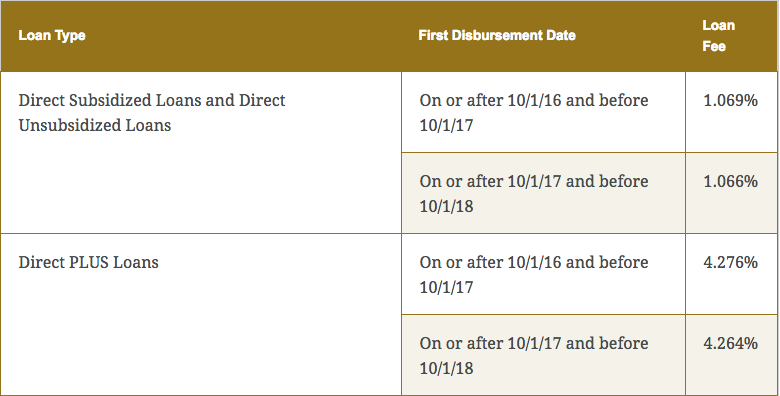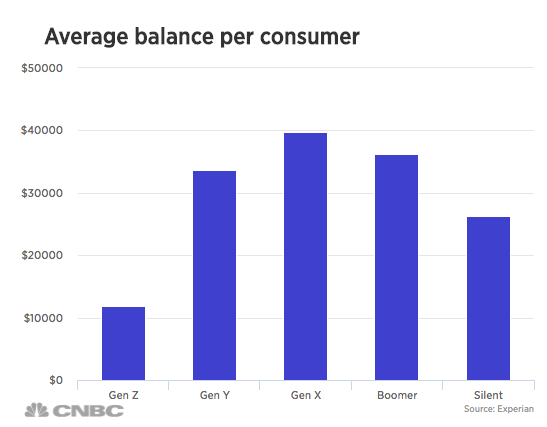Public Service Loan Forgiveness (PSLF) is a fantastic program is you can qualify for it. PSLF forgives the remaining balance on your federal student loans if you meet certain requirements, which include working full-time in a public service position while repaying your student loans.
The program is in danger of being cut in President Trump’s latest budget. However, this change would only apply to student loans taken out on or after July 1, 2021. Therefore, if you’ve been making payments under this program up to this point, you are still eligible.
Student debt is at over $1.6 trillion. That’s a lot of money that needs to be paid back to the federal government, lenders and college.
But what if it didn’t have to be paid back? Where would it go?
According to economists, it would go toward spending, like purchasing homes, cars and other necessities. All of this would help boost the economy, they say.
College-bound students will be receiving their financial aid packages within the next couple of months — and many of them will come with student loans.
But many students — even those already attending college — don’t really understand how student loans work. That’s despite nearly 70% of students graduating with student debt.
As this year’s class of college seniors prepares to graduate, they may (and should) be wondering about repaying their student loans.
This video from the office of Federal Student Aid provides a good breakdown of your options for repaying student loans, including consolidation and alternative repayment plans.
A new bill passed by Congress will make it easier for student loan borrowers to qualify for student loan forgiveness, CNBC reports.
The bill gives the Department of Education $350 million to offer forgiveness to student loan borrowers who meet all requirements for public service loan forgiveness except that they were enrolled in graduated or extended repayment plans, which were ineligible for relief.

Most people understand that student loans come with interest — which can add several thousand dollars onto the life of the loan, especially if you extend out your payments.
But many people don’t realize that federal student loans also come with origination fees, much like mortgages or car loans, which can add significantly to student debt totals.
Since it’s now been six months since May college graduates left school, it’s time for them to confront the reality of paying off their student debt. The end of the student loan grace period means that students will start receiving bills from their student loan servicers.
Here’s how to take control of your student debt once your grace period is over — and what you can do before to make it easier.

Student loan debt has hit $1.4 trillion nationally, and there aren’t many positive signs that it will decrease anytime soon. Over the last 10 years, student loan balances in the United States have increased more than $833 billion — a jump of nearly 150 percent, CNBC reports. Record student debt for borrowers The average student […]
Student debt continues to be a major issue for college students and graduates in the U.S.
U.S. total student debt is now over $1.4 trillion, and the average debt for a college graduate in 2016 was $37,000. And 44 million Americans now have student debt to their name.
The video below gives tips on how student loan borrowers can avoid falling behind on their payments. It also explains why millennials should be saving for retirement even if they have student debt.
The second post in our student loan refinancing companies series focuses on Credible, a student loan refinancing marketplace that gives you access to multiple lenders with just one application.
Credible doesn’t do any lending itself, but rather aggregates personalized offers from different lenders, including banks and online companies. This allows you to apply for refinancing with multiple lenders all in one place.